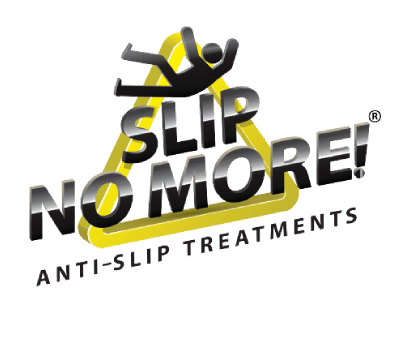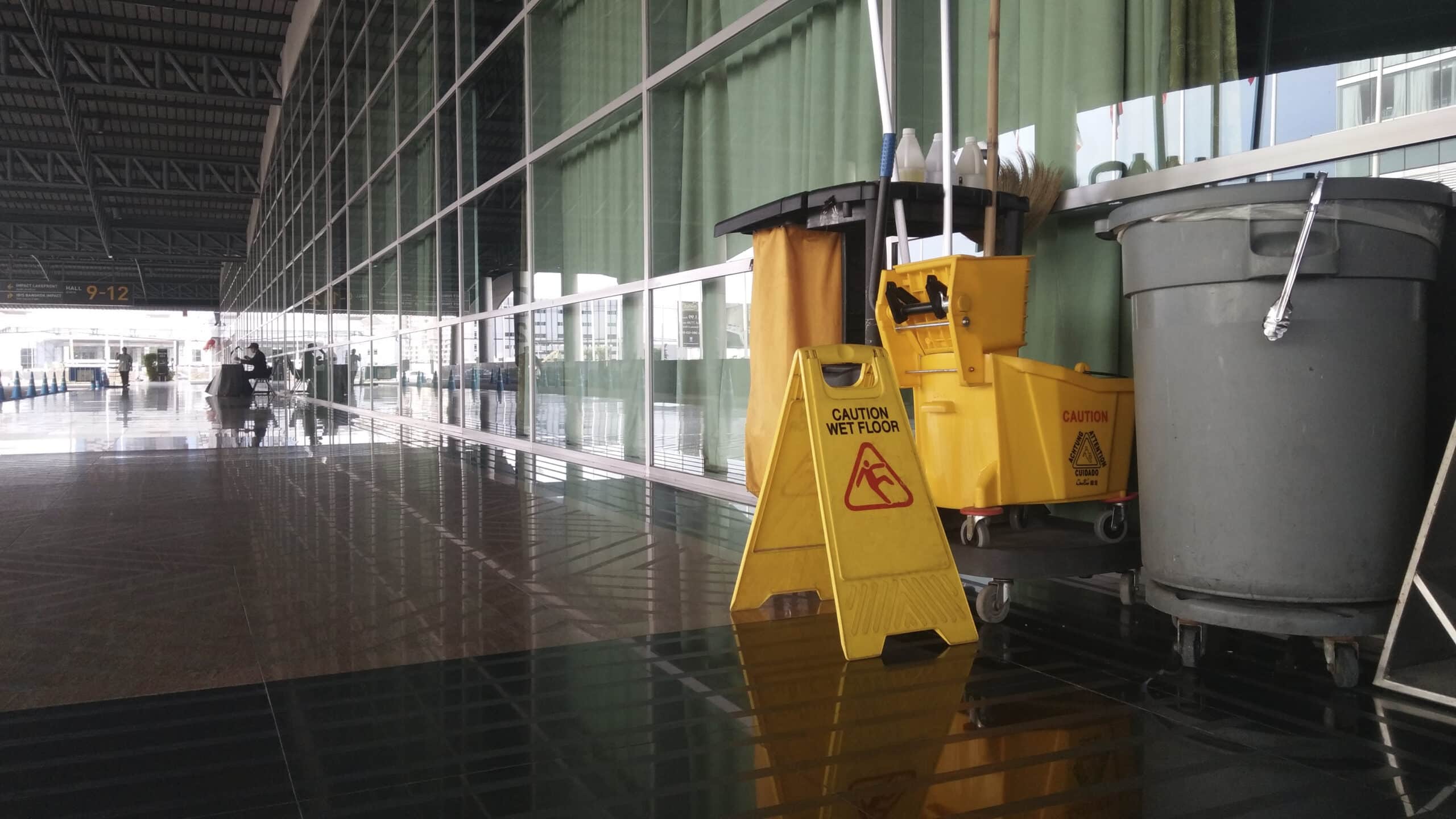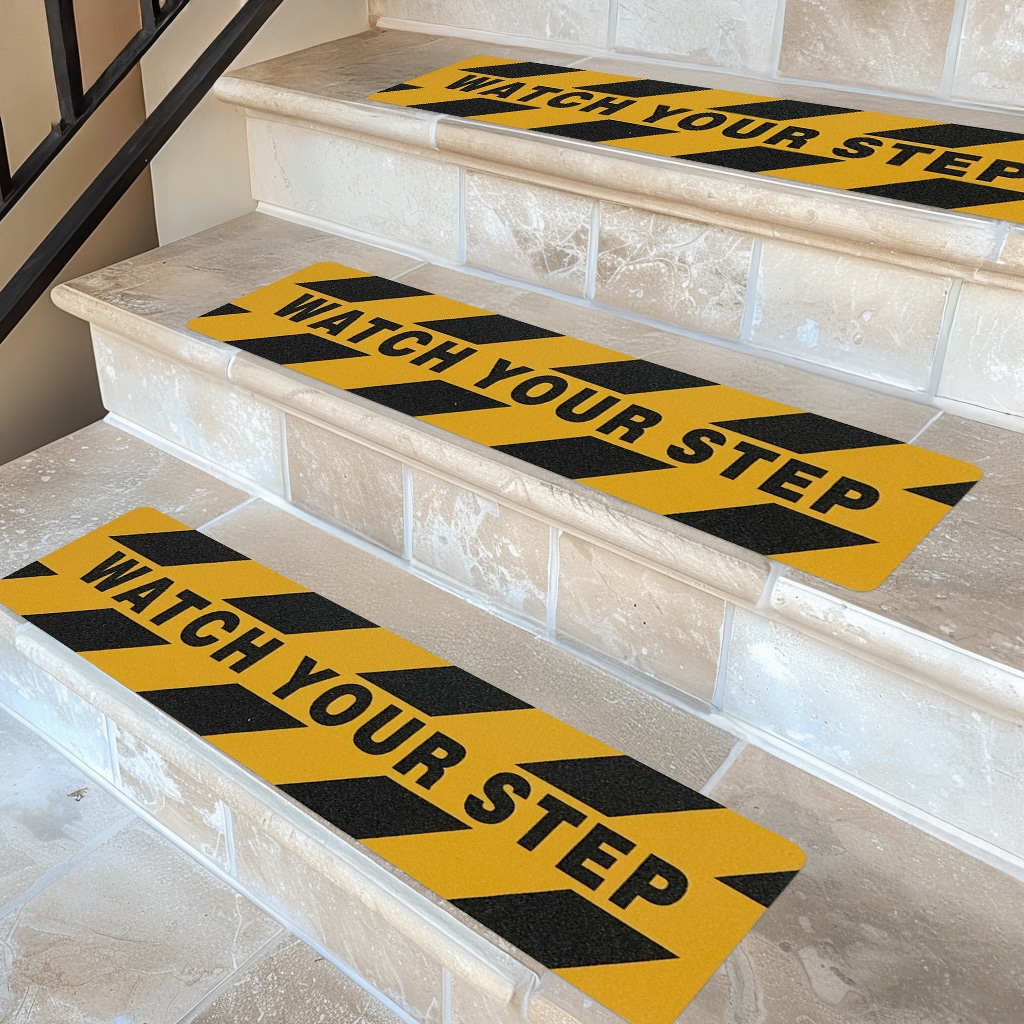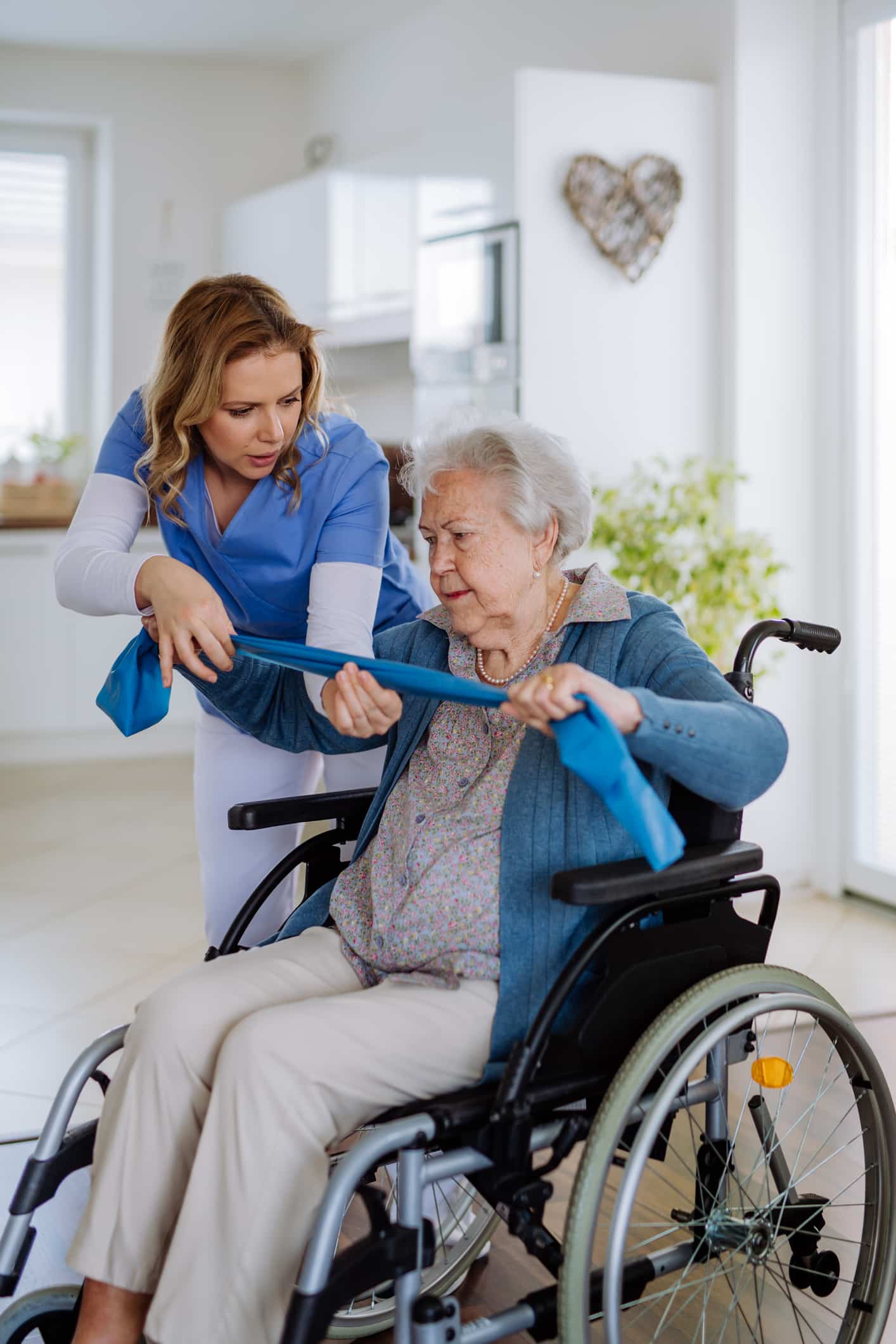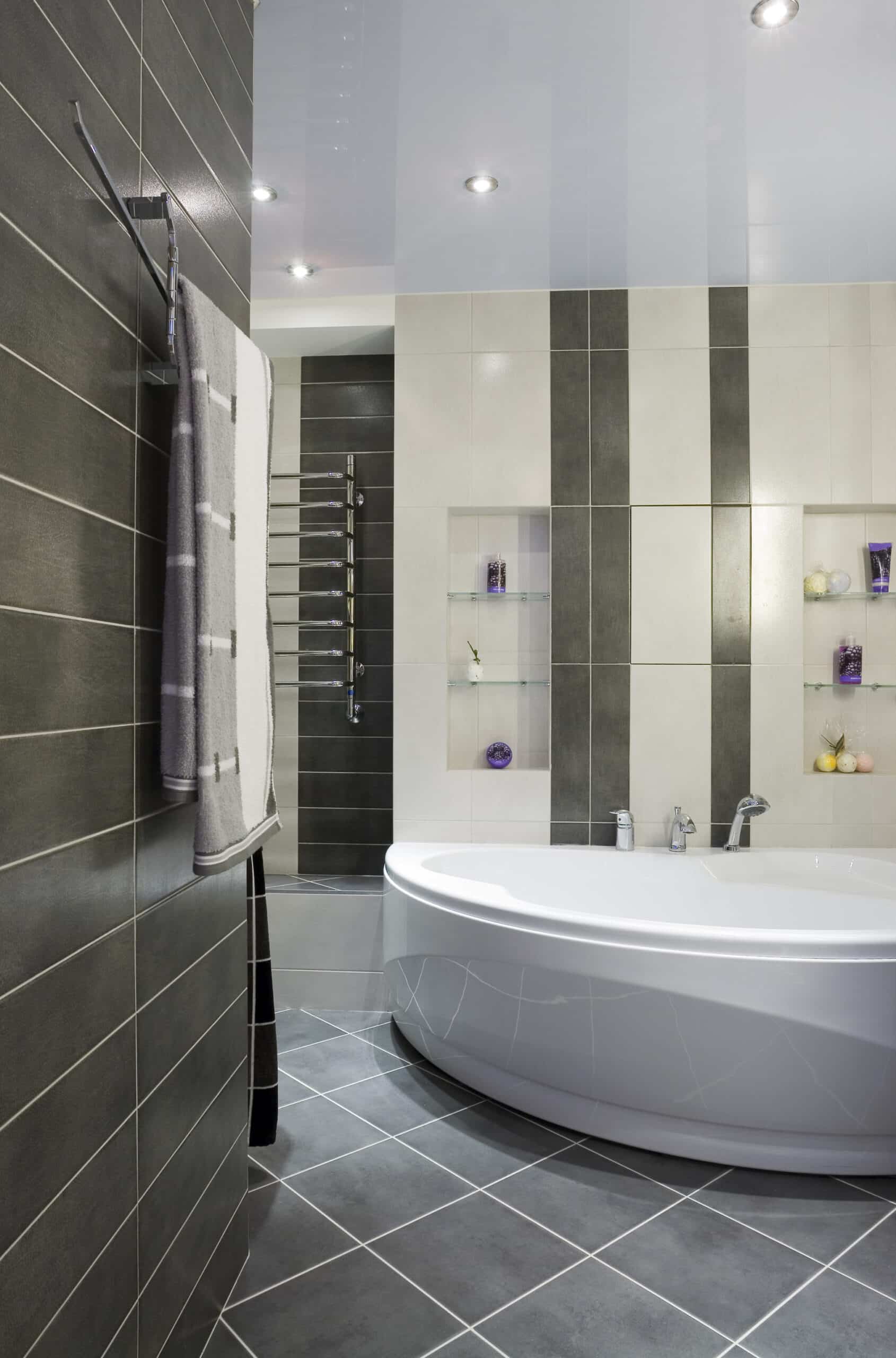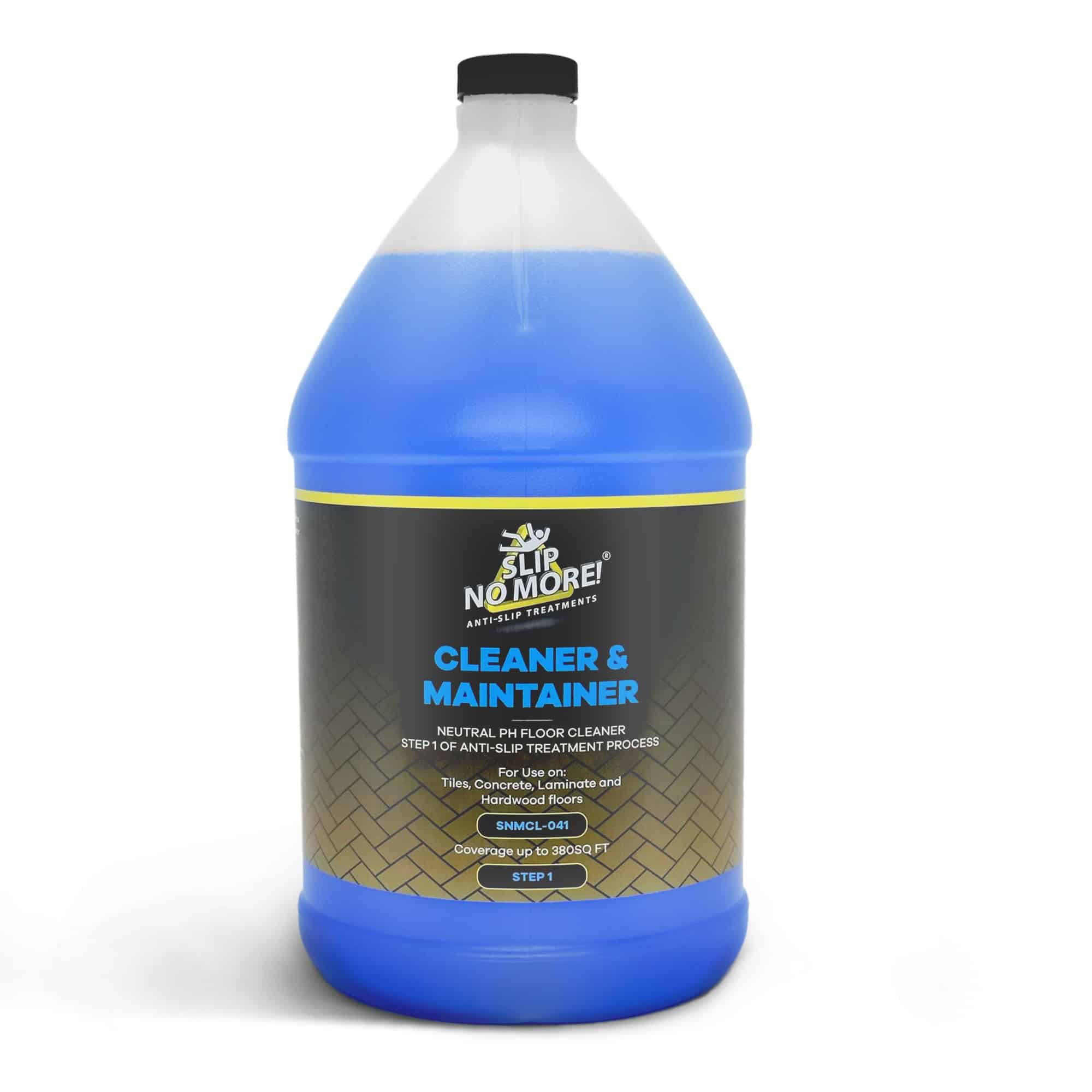Are your non-slip floors looking grimy and in need of some serious TLC? You’re not alone. Non-slip floors are not immune from collecting dirt, grime, and grease, making cleaning challenging. But fear not because we’ve got you covered with expert tips on how to clean a non-slip floor, leaving it squeaky clean and safe for everyone.
In this article, we’ll share tried-and-true methods for tackling non-slip flooring, from identifying the right cleaning products to implementing the most effective techniques. Whether you’re dealing with non-slip tiles in your kitchen or non-slip vinyl flooring in your bathroom, our expert advice will help you achieve sparkling results.
Our brand voice empowers readers to take control of their cleaning challenges. We understand that grappling with grime can be frustrating, but with our tips and tricks, you can say goodbye to filthy floors once and for all.
So, roll up your sleeves, put on your cleaning gloves, and dive into how to clean non-slip floors, ensuring a spotless and safe environment for you and your loved ones.
Importance of deep cleaning non-slip floors
Non-slip floors are specially designed surfaces that provide traction to prevent slipping and falling accidents. They are commonly found in areas prone to moisture or spills, such as kitchens, bathrooms, and commercial spaces. Non-slip floors come in various materials, including tiles, vinyl, and rubber, each requiring different cleaning methods.
Proper maintenance is crucial for non-slip floors as they accumulate dirt, grime, and grease over time. Neglecting regular cleaning can lead to a buildup of residue that makes the floors look unsightly and compromises their slip resistance. Knowing how to clean non-slip floors is essential to preserve their appearance, functionality, and safety.
Common challenges in maintaining non-slip floors
Knowing how to clean a non-slip floor goes beyond regular mopping and surface-level cleaning. It involves a thorough and systematic approach to remove embedded dirt, grime, and stains that accumulate in the textured surfaces of these floors. By investing time and effort into deep cleaning, you can restore your non-slip floors’ original beauty and slip-resistance.
Additionally, knowing how to clean a non-slip floor helps maintain a hygienic environment. Bacteria, mold, and mildew can thrive in the crevices of dirty floors, posing a health risk to occupants. Regular deep cleaning eliminates these harmful substances and prevents their regrowth, ensuring a clean and safe space for everyone.
Preparing for deep cleaning
Cleaning non-slip floors can be challenging due to their textured surface, which traps dirt and grime. Traditional cleaning methods often fall short in removing stubborn stains and residue, requiring more intensive techniques. Additionally, using the wrong cleaning products or tools can damage the floor’s surface or diminish its slip-resistant properties.
Another challenge is the time and effort required to clean non-slip floors properly. It can be labor-intensive, especially for larger areas or heavily soiled floors. Without proper guidance and knowledge, it’s easy to get overwhelmed and give up on achieving the desired results.
Essential tools and materials for deep cleaning non-slip floors
Before diving into how to clean a non-slip floor, it’s essential to prepare adequately. Start by clearing the area of any furniture or objects that could obstruct your cleaning process. This will give you ample space to work and ensure that all areas of the floor are accessible.
Next, sweep or vacuum the floor to remove loose dirt and debris. This initial step prevents the dirt from spreading and scratching the floor during the deep cleaning. Pay special attention to corners and edges, as these areas accumulate more dirt.
Once the floor is clear and loose debris-free, it’s time to gather the necessary tools and materials for your lesson on how to clean a non-slip floor.
Step-by-step guide to deep cleaning non-slip floors
The right tools and materials are crucial to achieving optimal results when learning how to clean a non-slip floor. Here are some essential items you’ll need:
1. Broom or vacuum cleaner: Use a broom with stiff bristles or a vacuum cleaner with a brush attachment to remove loose dirt and debris.
2. Microfiber mop: Opt for a microfiber mop, which effectively captures dirt and grime without scratching the floor’s surface.
3. Cleaning solution: Choose a cleaning solution specifically formulated for non-slip floors. Avoid harsh chemicals or abrasive cleaners that can damage the floor’s texture.
4. Scrub brush: A scrub brush with stiff bristles or a soft-bristle brush attachment for a power scrubber can help remove stubborn stains and grime.
5. Bucket: Use a bucket to mix the cleaning solution and water for mopping.
6. Protective gear: Don’t forget to wear gloves and safety goggles to protect your skin and eyes from any cleaning products.
7. Absorbent towels: Keep absorbent towels or microfiber cloths handy for drying the floor after cleaning.
With these tools and materials, you can tackle the process of how to clean a non-slip floor.
Tips for maintaining clean, non-slip floors
Now that you’re fully prepared let’s dive into the step-by-step process of how to clean a non-slip floor. Follow these instructions to achieve the best results:
1. Dilute the cleaning solution: Read the instructions on the cleaning solution and dilute it with water in a bucket according to the recommended ratio.
2. Pre-treat stains: If you have any stubborn stains or spots, apply the cleaning solution directly to the affected areas and let it sit for a few minutes.
3. Scrub the floor: Dip or attach the soft-bristle brush to a power scrubber. Scrub the floor circularly, focusing on areas with stains or heavy grime. Be sure to apply even pressure and avoid excessive force that could damage the floor.
4. Mop the floor: Dip the microfiber mop into the cleaning solution and wring out any excess liquid. Start mopping the floor in small sections, working your way from one end to the other. Make sure to overlap each stroke to ensure thorough cleaning.
5. Change the mop water: As the water in the bucket becomes dirty, change it with a fresh cleaning solution to avoid spreading dirt and grime across the floor.
6. Rinse the floor: After mopping, rinse the floor with clean water to remove any residual cleaning solution. This step is crucial to prevent any slippery residue from remaining on the floor.
7. Dry the floor: Use absorbent towels or a dry microfiber mop to remove any excess moisture from the floor. Proper drying prevents slips and falls while eliminating mold or mildew growth risk.
This step-by-step guide will ensure that you will know how to clean a non-slip floor.
Professional deep cleaning services for non-slip floors
Now that you’ve put in the effort to learn how to clean a non-slip floor deep, it’s essential to maintain their cleanliness to prolong their lifespan and slip-resistance. Here are some tips to help you keep your floors clean:
1. Regular sweeping or vacuuming: Remove loose dirt and debris daily to prevent them from accumulating on the floor’s surface.
2. Promptly clean spills: Clean up spills immediately to prevent stains and minimize the risk of slips and falls.
3. Use doormats: Place doormats at entryways to trap dirt and moisture before they reach your non-slip floors.
4. Avoid harsh chemicals: Stick to gentle cleaning solutions for non-slip floors to avoid damaging the floor’s texture or slip-resistance properties.
5. Regular maintenance: Schedule periodic deep cleaning sessions to tackle stubborn stains and maintain the floor’s hygiene and appearance.
6. Protective pads: Use felt or rubber pads under furniture legs to prevent scratches and scuffs on the floor’s surface.
Implementing these maintenance tips ensures that your non-slip floors remain clean and safe for years.
DIY vs. professional deep cleaning: Pros and cons
While learning how to clean non-slip floors can be a DIY project, sometimes it’s beneficial to enlist the help of professionals. Professional deep cleaning services have the expertise, specialized equipment, and knowledge to tackle even the most stubborn grime on non-slip floors.
Hiring professionals can save you time and effort, especially if you have a large area or complex flooring system. They have access to commercial-grade cleaning solutions and equipment that may not be readily available to consumers. Additionally, professionals can guide maintenance routines and offer tips to keep your non-slip floors in top condition.
Conclusion
Choosing between a DIY deep cleaning approach and hiring professionals depends on various factors. Here are some pros and cons to consider when asking the question of how to clean a non-slip floor:
DIY Deep Cleaning:
Pros:
– Cost-effective, as you won’t have to pay for professional services
– Flexibility to clean at your own pace and convenience
– Opportunity to learn and understand the cleaning process
Cons:
– Time-consuming, especially for larger areas or heavily soiled floors
– Requires knowledge of suitable cleaning products and techniques
– May not achieve the same level of cleanliness and restoration as professional services
Professional Deep Cleaning:
Pros:
– Saves time and effort, especially for challenging cleaning tasks
– Access to specialized equipment and commercial-grade cleaning solutions
– Expertise and knowledge to tackle even the toughest stains and grime
Cons:
– Costlier than DIY cleaning methods
– Requires scheduling and coordination with professional cleaners
– Limited control over the cleaning process
Consider your budget, time availability, and the condition of your non-slip floors when deciding whether to opt for a DIY approach or hire professional services.
With more than 15 years of experience in the slip-prevention industry, our products are developed to solve the problem of slippery floors in all areas. So, if you need to know How to clean a non-slip floor, get in touch, and our team can help you.
Why not follow our Facebook, Instagram, Twitter, or YouTube accounts for funny videos, informative posts, and general floor safety information? We also have loads of great reviews from our customers who learned how to clean a non-slip floor on Trustpilot. If you found this article helpful, take a look at our related articles:
